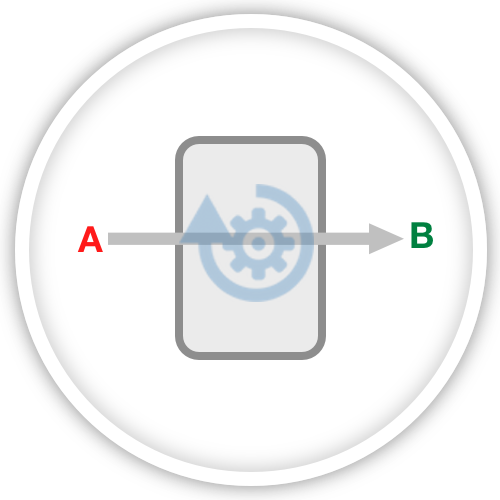
Input is a single connection via any of the protocols. Output is a single connection via any of the protocols.
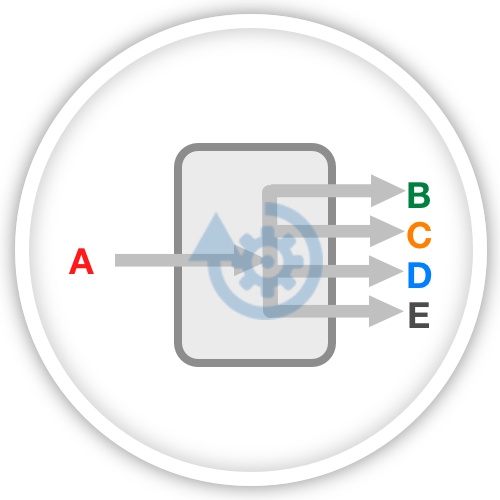
Input is a single connection via any of the protocols. Output will be routed to multiple connections via any of the protocols.
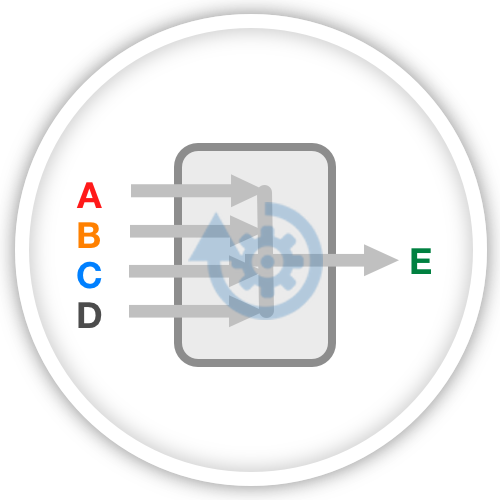
Input can be via multiple connections using any of the protocols. Output is consolidated onto a single connection of one protocol.
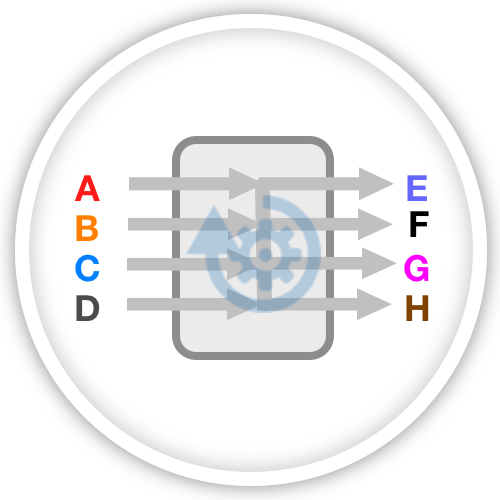
Input can be via multiple connections using any of the protocols. Output will be routed to multiple connections via any of the protocols.
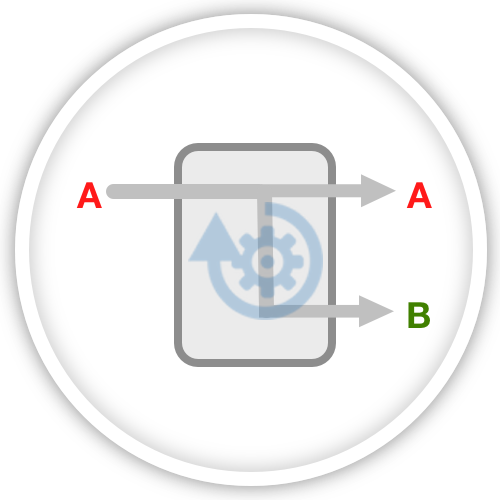
An Input can simply be passed through without any changes to a similar Output protocol. The output can be split out to another connection for other uses.
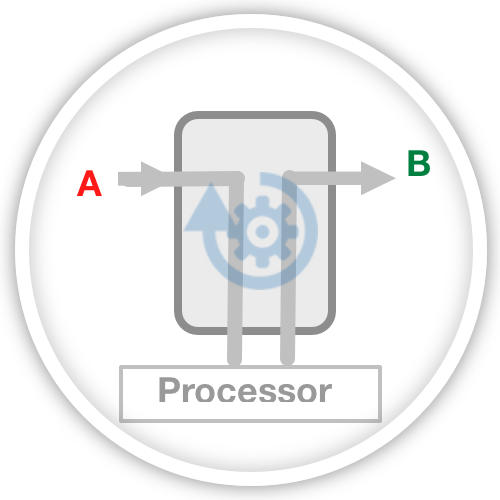
The Data Mediation Gateway has the ability to accept input data, then send this data to a waiting process on an external Processing System , then passing results back for routing. This allows custom processing to occur if/when necessary.

